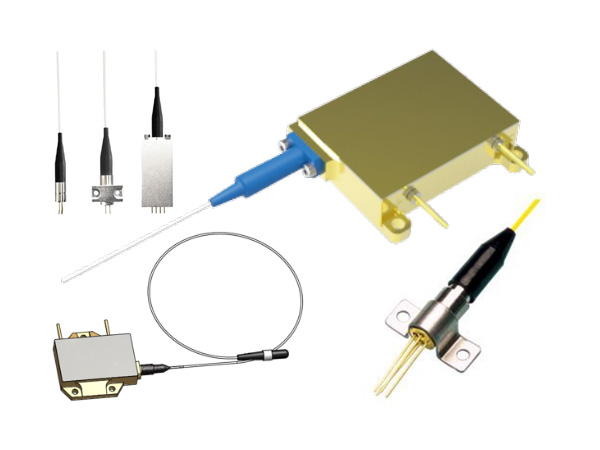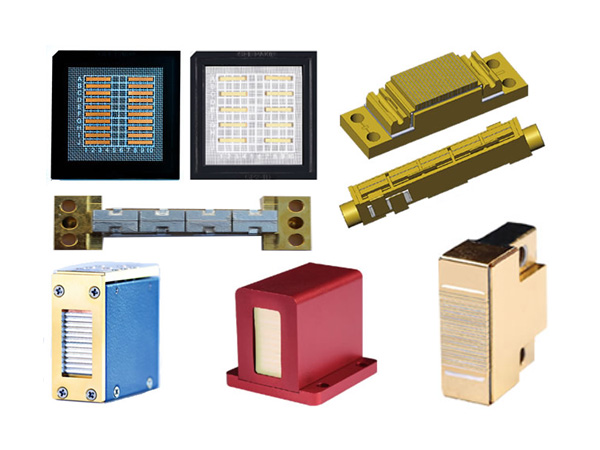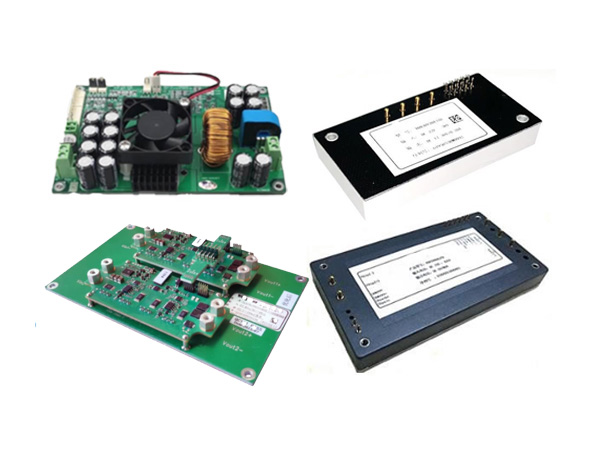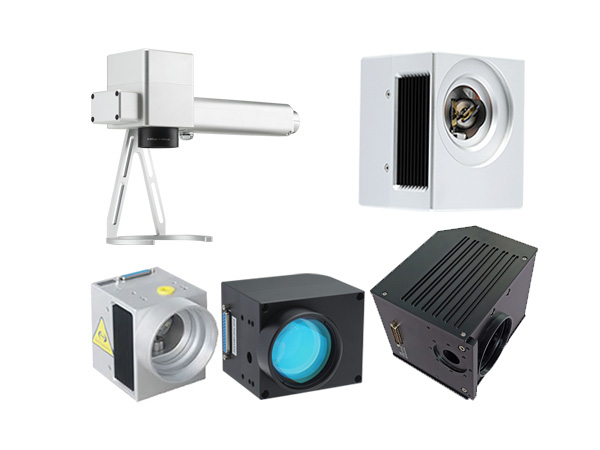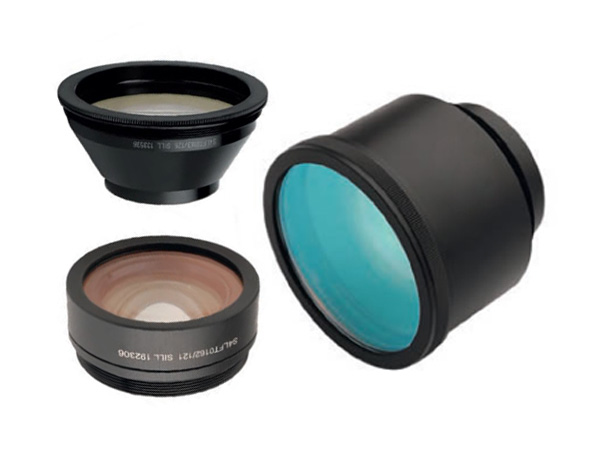The Collision of Art and Industry: Laser Engraving's Impact on Architectural Decoration
Introduction: When Art Meets the Industrial Revolution
In the millennia-long history of architectural decoration, laser engraving is rewriting the Renaissance narrative with photons as its brush. According to a 2023 study in the International Journal of Advanced Manufacturing Technology, laser engraving's penetration in architecture has surged from 12.7% in 2018 to 34.5%, while traditional hand carving's market share dropped 19% during the same period. This transformation stems not only from technological breakthroughs but also from the global construction industry's skyrocketing demand for "precision artistry"—McKinsey reports that 67% of landmark projects now list "digital decorative processes" as mandatory bidding requirements.
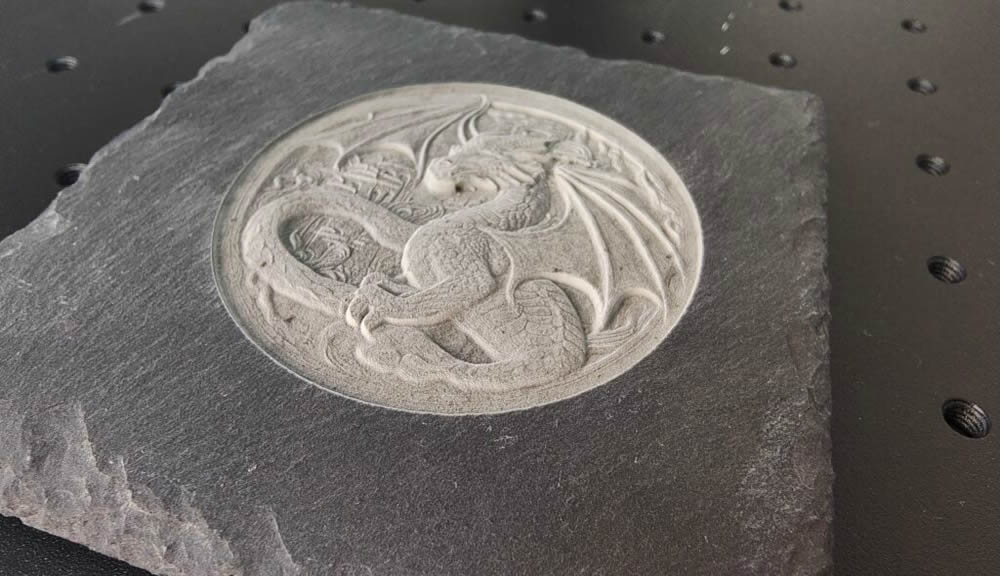
The Millimeter-Scale Revolution Reshaping Architectural DNA
Technical Dimensions Decoded
1.Efficiency Leap: Data from Carrara marble processing reveals traditional relief carving requires 5 steps (rough carving→detailing→polishing→revision→surface treatment), consuming 317 man-hours per piece. Trumpf's TruLaser 5030 achieves full automation through 3D scanning modeling + fiber laser engraving, compressing processing time to 43 hours (Source: 2022 White Paper by European Stone Processing Association)
2.Precision Breakthrough: In the Metropolitan Museum restoration project, laser engraving controlled contour errors of neoclassical carvings within 0.03mm, meeting the "reversibility" standard for heritage conservation (ISO 21887:2020)—a feat unattainable with traditional tools
3.Material Innovation: Fraunhofer Institute research confirms laser parameter modulation can create 7 metallic finishes on a single titanium plate, unlocking material expressiveness impossible for manual repoussé
Global Icon Deconstructed
1.Museum of the Future (Dubai)
7,000 FRP panels on the facade, each bearing 1,200 laser-engraved Arabic calligraphy characters. Using IPG Photonics' 300W pulsed fiber lasers at 150 characters/sec, the project completed 250 million engravings in 27 months vs. an estimated 5-year timeline. Graduated engraving depths (0.2-0.8mm) create diurnal/nocturnal light narratives (Data from Killa Design technical documentation)
2.Jewel Changi (Singapore)
9,000 laser-engraved glass panels on the Rain Vortex dome employ 10.6μm CO2 lasers to create micron-scale pore matrices. These 50-200μm diameter pores establish controlled light transmittance gradients, improving illumination uniformity by 40% and saving 2.1GWh annually (Data: 2021 International Journal of Smart Buildings)
3.Notre-Dame Reconstruction (Paris)
Laser engraving achieves dual milestones in flying buttress restoration:
LIBS (Laser-Induced Breakdown Spectroscopy) enables non-destructive analysis of original stone composition and precise weathering texture replication
Ultrafast pulse lasers create nano-scale capillaries on limestone surfaces, maintaining ≤0.7% water absorption variance between new components and 13th-century originals (Data: LRMH Laboratory)
Conclusion: Redefining Architecture's Life Cycle
Laser engraving is creating architecture's "fourth dimension"—time. Experiments at London's AA School demonstrate laser-engraved components with dynamic responsiveness:
Thermoresponsive alloy facades display 6 topological morphologies seasonally
Photochromic glass patterns adjust transparency in real-time to UV intensity
This "breathing architectural skin" achieves 97.3% material utilization (vs 82% traditional) while reducing lifecycle carbon emissions by 31% (Source: 2023 UN-Habitat Sustainable Construction Roadmap). As lasers become architecture's new syntax, we witness a systemic leap from static aesthetics to intelligent ecolog
For more futher information, pls click here.
 English
English Français
Français Deutsch
Deutsch euskara
euskara Русский язык
Русский язык Italiano
Italiano Português
Português Nederlands
Nederlands Polski
Polski Greek
Greek Lietuva
Lietuva Türkçe
Türkçe 日本語
日本語 한어
한어 中文
中文 தாமில்
தாமில் فارسی
فارسی हिंदी
हिंदी Tiếng Việt
Tiếng Việt ภาษาไทย
ภาษาไทย Pilipino
Pilipino Indonesia
Indonesia தாமில்
தாமில்
